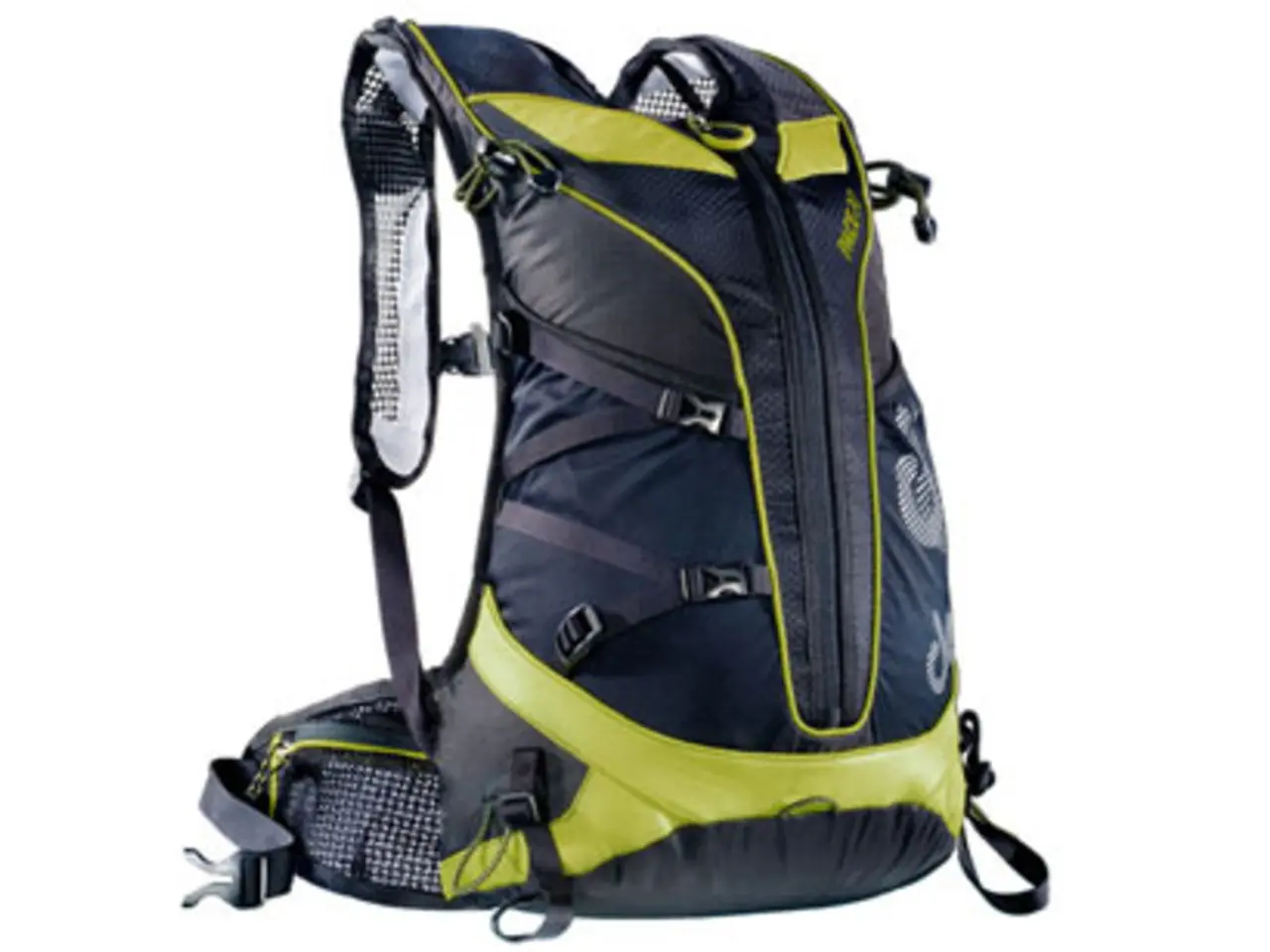Navigating the wilderness in denim amid scorching temperatures, and even immersing oneself in polluted waterways? Robert F. Kennedy Jr.'s latest hiking escapades serve as a cautionary tale of what to avoid when venturing outdoors.
In the scorching summer heat, it's crucial to be aware of the risks associated with hiking and swimming in certain areas.
In the United States, the How's My Waterway interactive map can provide insights into water quality, while in the UK, the Surfers Against Sewage live map offers updates on water quality. However, caution is advised when it comes to bodies of water like Rock Creek in Washington DC, which has recently been closed to swimmers due to dangerously high levels of bacteria.
Rock Creek is used to drain excess sewage during heavy rainfall, making it potentially hazardous for swimming. This was highlighted when Robert F Kennedy Jr shared images of himself swimming in Rock Creek, despite the closure. Swimming in such conditions poses dangers to human health, with risks including skin rashes, vomiting, and even liver and brain damage due to the presence of blue-green algae.
The heat isn't just a discomfort; it can be life-threatening. This was tragically demonstrated when 33-year-old Noah Farabaugh died on a hike on the Wave Cave Trail in the Superstition Wilderness, and when hiking influencer Hannah Moody succumbed to extreme heat despite carrying five liters of water on a hike. The temperature was forecast to be as high as 106°F (41°C) on the day of the hike.
To stay safe in extreme heat while hiking, it's important to carry a lot of water, seek shaded trails, and wear breathable, light-coloured clothing that wicks sweat. Lightweight, breathable, moisture-wicking clothing made from synthetic fabrics or merino wool is recommended, along with long sleeves and pants for sun protection. Jeans are unsuitable for hiking in hot conditions because they retain moisture, dry very slowly, become heavy when wet, restrict ventilation, and can cause chafing and discomfort.
Phoenix area trails are often closed during the day when temperatures are predicted to reach triple digits. A family of 11 was rescued from a closed Phoenix trail earlier this month, and a 10-year-old boy died of heatstroke on the same mountain a year ago.
In conclusion, it's essential to do research to see if there are any alerts on the quality of a body of water before swimming in it. For hiking in extreme heat, it's crucial to wear appropriate clothing, carry sufficient water, and be aware of the risks involved. Stay safe and enjoy the great outdoors responsibly.
Maintaining a healthy lifestyle that includes outdoor-living and sports may expose one to various risks, especially during the summer heat. Before indulging in home-and-garden activities such as swimming, it's advisable to check water quality maps like the How's My Waterway interactive map in the US or the Surfers Against Sewage live map in the UK. Similarly, when planning a hike, it's crucial to be equipped with lightweight, breathable, moisture-wicking clothing, and to carry ample water to stay hydrated and avoid heat-related dangers.





